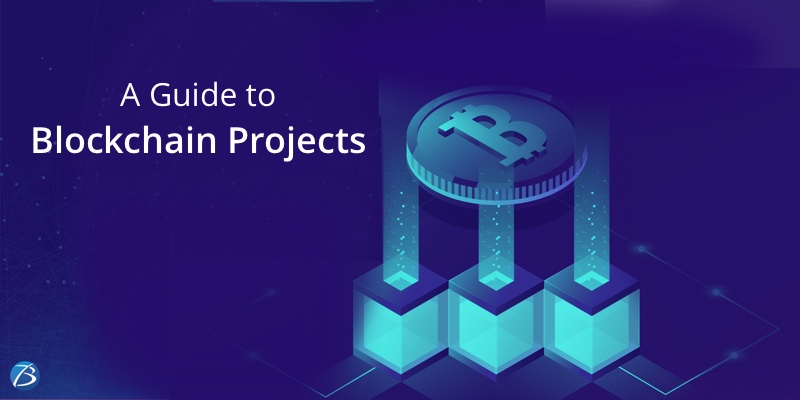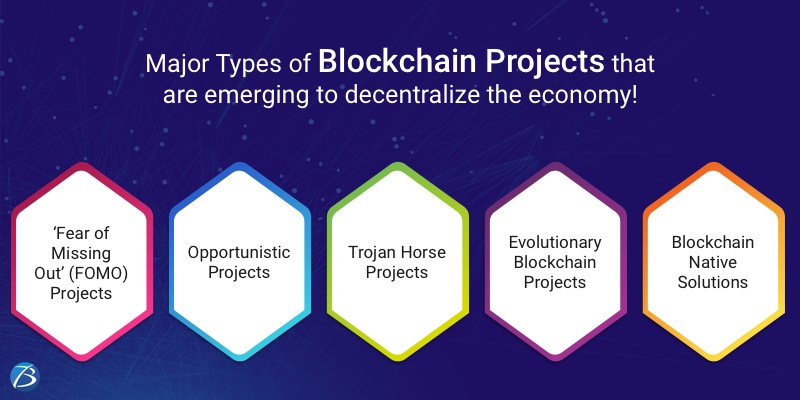Blockchain: Data Security solution for every Industry
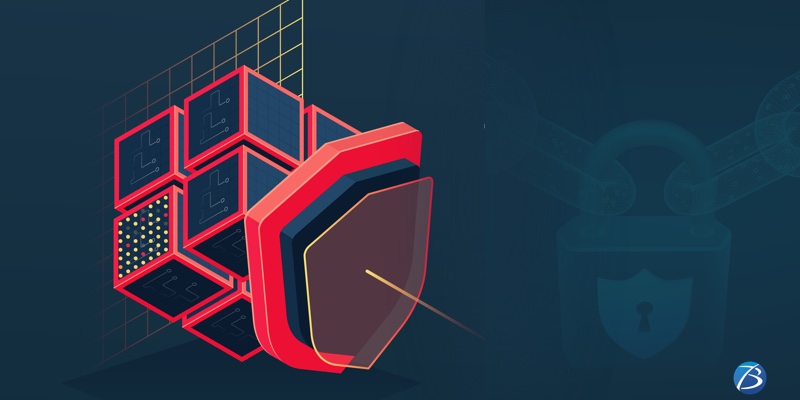
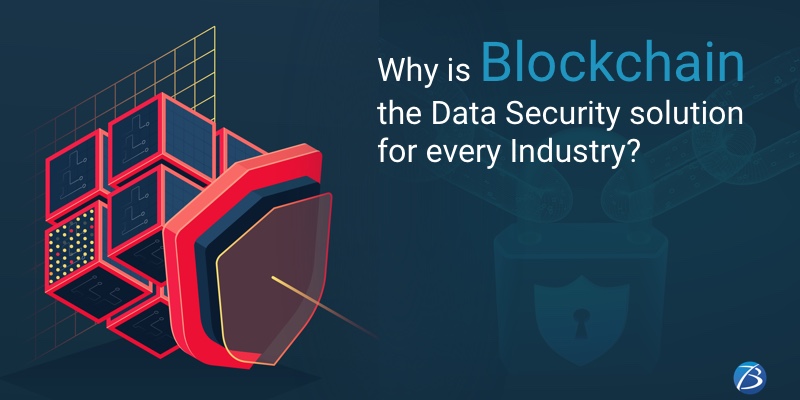
With technology creeping into our professional and personal lives, data security has become of paramount importance. Statistics suggest that about 6 billion confidential files have been stolen just between the years 2017 and 2018. We again seek technology to solve the issues related to data security, which have been aroused by technology itself. Blockchain cybersecurity is the perfect solution. Blockchain development has solved many other industry problems related to business transactions. It provides greater data security with strong encryptions, minimal vulnerabilities, and effective data ownership. It is now being used across every industry including food industry, financial services sector, healthcare, oil& gas industry, and shipping & logistics. Every industry that deals with data and transaction is looking forward to Blockchain as a solution for data security.
What is Blockchain?
Blockchain is shared ledger that records and tracks the transaction in any business network. It also tracks the tangible and intangible assets to ensure the authenticity of every transaction. It is a fast and transparent platform of information, stored on an immutable ledger that can only be accessed by authorized members of that business network. The entire platform is very transparent and members have the access to the information of end-to-end transactions. One single person cannot make changes to the Blockchain system, making it tamper-proof.
Characteristics of Blockchain
The use of Blockchain technology in multiple industries is primarily because of its security-based features. Key characteristics of Blockchain are:
- Digital ledger: Copies of all the information are shared with all the members. Participants validate information independently without any central authority. Any error by one member at one node does affect the other nodes in the network.
- Digital platform: Completely digitized framework eliminates the need for manual paperwork which is susceptible to errors and damages.
- Chronology: Information about every transaction is stored in blocks and each block is connected in a chronological chain. Thus, the system of records is maintained with a time-stamp.
- Cryptographic security: The blocks are cryptographically sealed, making them resistant to edit, delete, and copy actions, creating a high level of trusted business network.
- Consensus–based: Any transaction requires unanimous approval of all the parties of the network. This makes Blockchain a very transparent framework.
How Blockchain Improves Data-Security
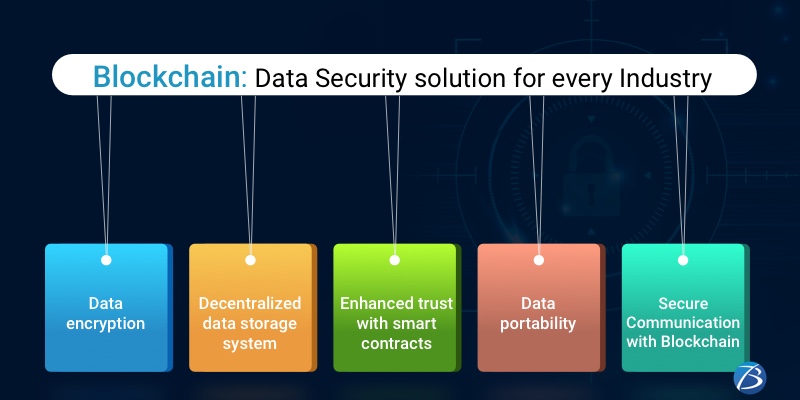
Data security is one of the leading Blockchain use cases in every sector. The distributed ledger is based on a dispersed public key infrastructure model that secures every stored data.
Data encryption
All the information of a transaction is stored in blocks using cryptography. Every participant of the network is given a private key to be used as a digital signature. Each block is time-stamped and contains the cryptographic hash of the previous block. These hash values are unique to maintain the integrity of the system. Any alternation in the record makes this personal signature invalid and the peer network gets the notification that there has been an undesired altercation, raising a red flag for the malpractice. Every data in a transaction is very secure. This security makes unauthorized data modification very difficult.
Decentralization data storage system
The decentralized system makes Blockchain independent of association with any centralized system or organization. It runs on a peer-to-peer network without involving any central server. This reduces the dependency and trust on the other members of the network. This also cuts down any chances of any one member getting authority over the system. The creation and storage of any data in Blockchain is only dependent on the tamper-proof technology and not individuals.
Enhanced trust with smart contracts
Smart contracts in Blockchain ensure that the programs only run after the predetermined conditions are met. The execution can be automated to ensure no third-party interference. This increases the trust in the system and the transaction. The contracts and assets are tested using access control, business logic, authentication to instill greater confidence in the participants.
Data portability
Blockchain offers decentralized identifiers that help the users in retaining control of their identity. They can move their digital identity from one blockchain system to other. The user can reuse the uploaded data at their discretion. The user can directly connect with the service provider and address the issues of ‘switching costs’ in data portability. Blockchain is a perfect solution for personal data management where the user can change the location of the data without losing its integrity.
Secure Communication with Blockchain
All other network communication frameworks have community interactions with the dependency on intermediary institutions which is susceptible to failure. A Blockchain based-framework offers communication security with data encryption, distributed ledger, smart contracts, and other security features. There are many other security features such as pattern-matching schemes to detect inappropriate files. Every transaction and asset including data is time-stamped to trace its chronology. Blockchain is about a higher level of authentication, non-repudiation and integrity.
Blockchain Security and Implementation Tips
Blockchain framework is of different types and their application depends on the infrastructure of the organization. Certain factors need to be chalked out before choosing a Blockchain framework.
- The governance model of the organization
- The data for each block
- Relevant regulatory requirements and methods to meet them
- Identity and keys management
- Disaster recovery plan
- Minimal security posture for the participants
- Mechanism to resolve block collisions in Blockchain
The risks of the Blockchain security model need to be identified to reap maximum advantage. A risk model should be prepared to address all the challenges in governance, business, process, and technology. Next, a threat model should be prepared to evaluate the threats to the desired blockchain security framework. The security controls to manage these risks and threats should be established to start with the implementation of private Blockchain.
Are You Interested in Building a Top-Class Website or Mobile App?
Conclusion
There are certain challenges that Blockchain faces with its implementation across the complicated internet-based infrastructure. However, it cannot be denied that it can serve as the standard solution for standing cyber security issues. Blockchain has immense capability to mitigate cyber security vulnerabilities. The IT decision-makers should keep inculcating the appropriate and latest developments in Blockchain to get the best results from its implementation. They also have to keep a tab on the industry and application framework for proper implementation of Blockchain. We are one of the established software development companies with long list of clientele for Blockchain application. We can help you in building the best Blockchain application for your enterprise. Contact us today to own a robust and sustainable blockchain application.

